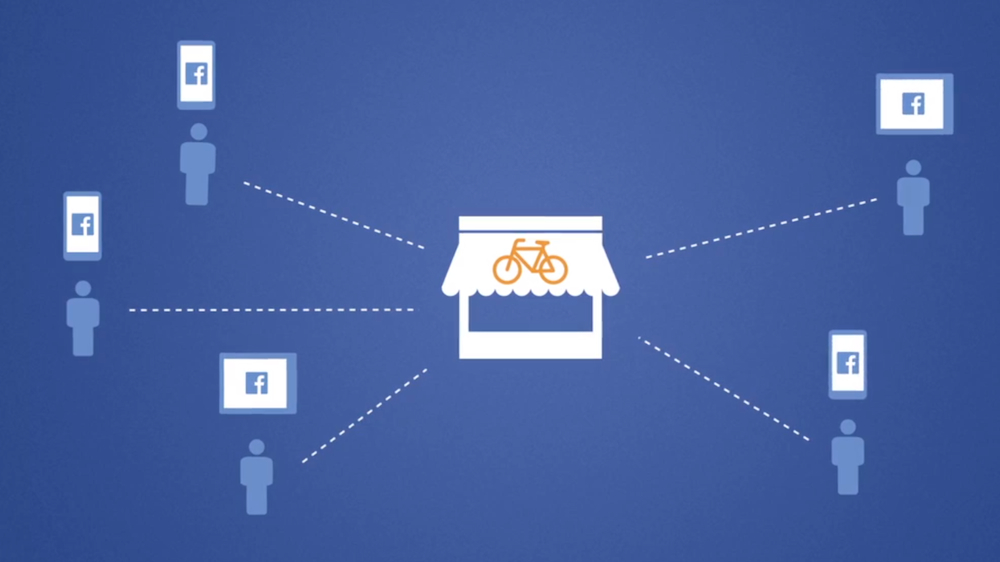Thanks to ecommerce, shoppers now have more choices than ever before. To thrive in such a crowded marketplace, you need to give customers good reasons to shop with you. By offering them what they expect (free shipping) want (easy returns), need (a seamless mobile experience), and can’t get anywhere else (customized deals and discounts), you can bring them into your fold and keep them there.
Ecommerce continues to attract more consumers, not just for a growing number of purchases but for a growing number of products. In fact, save perhaps for lottery tickets, there are few items that aren’t readily available online today. The battle for online shoppers keeps intensifying. To succeed in this environment, you need to focus on building and retaining customers. Beyond offering products and/or services that have lasting appeal, here are four steps you can take to strengthen customer loyalty.
1. Offer Free Shipping
Nothing influences the purchase decisions of online shoppers like the cost of order deliveries. If they’re suddenly confronted with shipping charges during checkout, they’re very likely to abandon their carts. When shoppers are promised free shipping, though, they’re much more inclined to shop online. In fact, free shipping offers are twice as effective in closing sales as percentage-off discounts are. Frankly, a free shipping offer is almost a necessity for online retailers, if not year-round, then at least during peak shopping periods. Shoppers practically demand it during the holiday season, and so many stores comply that you’re at a serious competitive disadvantage if you don’t. Fortunately, applying a minimum purchase threshold can help you cover your delivery costs — and increase average order values. Be sure to test your offer continuously to make sure it delivers optimum results for your business. However you do it, though, offering free shipping is a surefire way to build loyalty (or at least avoid losing customers).
2. Offer Hassle-Free Returns
Your return policies can have almost a big an effect on online shoppers’ decisions as your delivery policies. According to a recent study:
- 67 percent of consumers review a retailer’s return policies before they place an order.
- 66 percent want free return shipping.
- 58 percent want hassle-free, “no questions asked” returns.
Just as importantly, 82 percent of consumers will place an online order if the retailer offers free return shipping or in-store returns. Research also shows that shoppers significantly increase their spending at retail sites that let them ship items back at no charge, while consumers who are charged for return shipping do the exact opposite. Indeed, 89 percent of shoppers will make additional purchases at retailers after a positive return experience. A hassle-free online return policy can therefore help you build a stronger bond with your audience.
3. Cater To Mobile Shoppers
The escalation of smartphone and tablet usage has led to a corresponding leap in mobile commerce. Consider this: Not only do four out of five U.S. cellphone users now carry smartphones, but two out of three used their device to research 2015 holiday gifts — and one in five did their research solely on smartphones. As a result, online orders via smartphones shot up 50 percent during the 2015 holidays, compared to a 20-percent rise in online holiday sales and a 3.3‑percent increase in total sales. M‑commerce now comprises 30 percent of U.S. online sales, but it’s growing more slowly here than it is overseas, due to a lag between m‑commerce interests and capabilities. By bridging that gap, you can attract new customers. You can also pique consumers’ interests with instant alerts about your latest offers. Mobile users are obviously happy to connect to (and take advantage of) a steady flow of information wherever they are (especially in stores); giving them what they want will keep them coming back.
4. Create A Loyalty Program
If you bundle the right incentives (i.e., targeted deals and desirable discounts) into a package of loyal shopping rewards, your best customers will repeatedly shop with you. Better yet, if your loyalty program is developed properly, they’ll voluntarily pay a subscription fee to join. Plus, after they join, they’ll spend even more money with you. Amazon Prime offers clear evidence of how valuable a subscription loyalty program can be to retailers. On average, Prime members spend about $1,100 a year on Amazon, almost double the amount that non-members spend. This increased purchase behavior isn’t limited to Prime members. Whenever consumers agree to pay a fee to shop somewhere — be it Amazon, Costco, or your store — their “skin in the game” gives them extra motivation; they’ll shop more to ensure they get the best possible return on their investment. What’s more, they’ll increase their spending if you give them reasons to do so. Studies show, for instance, that the longer people stay in Amazon Prime, the more they spend. On average, people who joined Prime in January 2014 spent $2,147 in 2015, while customers who enrolled in January 2012 spent $3,091 last year. Amazon is well aware of this behavior. It raised the membership fee by 20 percent in March 2014 but has slowly, steadily expanded Prime benefits over time to retain members. In fact, Amazon’s recent decision to hike its free shipping threshold for non-members was intended both to maintain the current Prime fee and to make the program more attractive by comparison.


